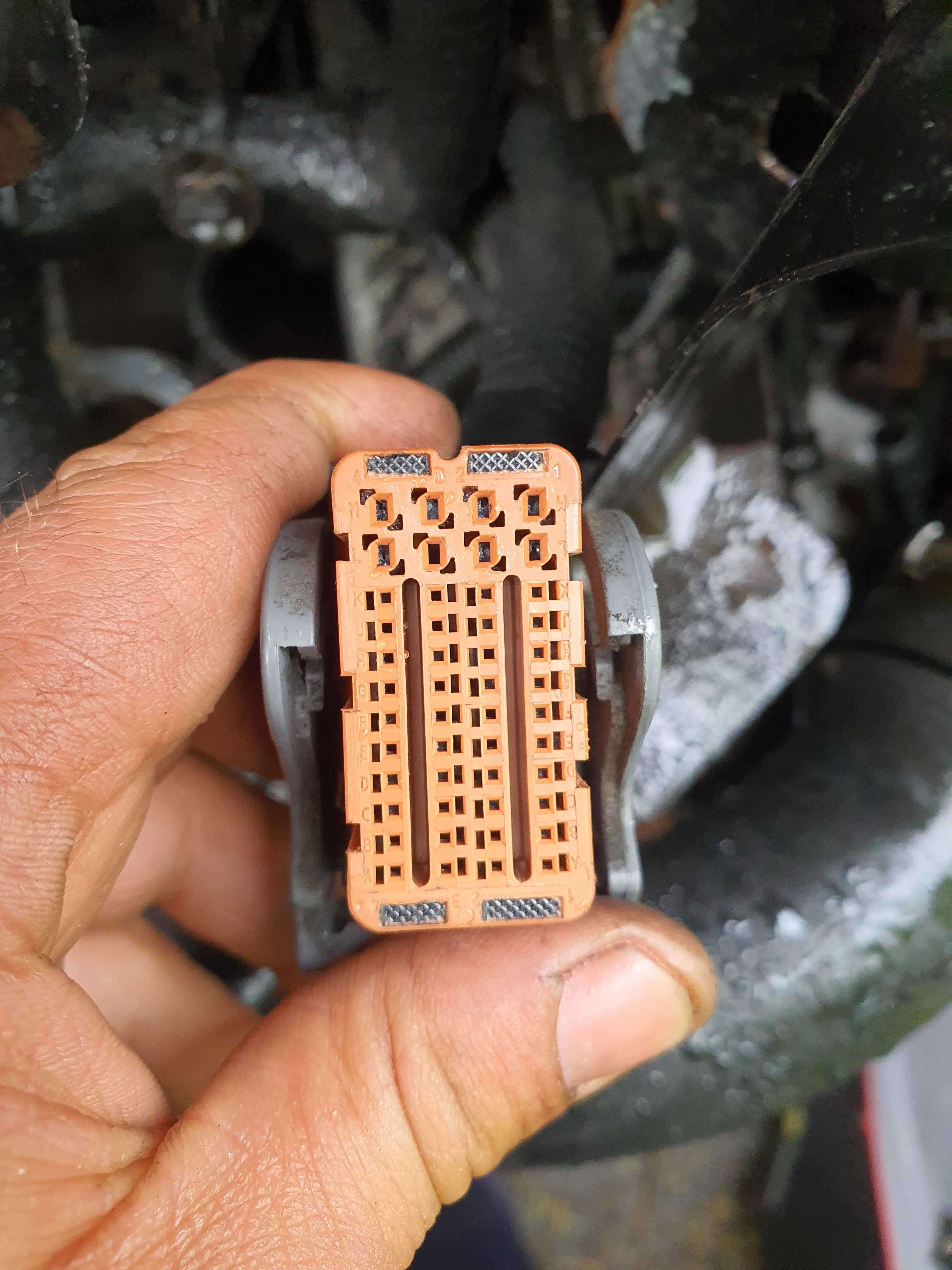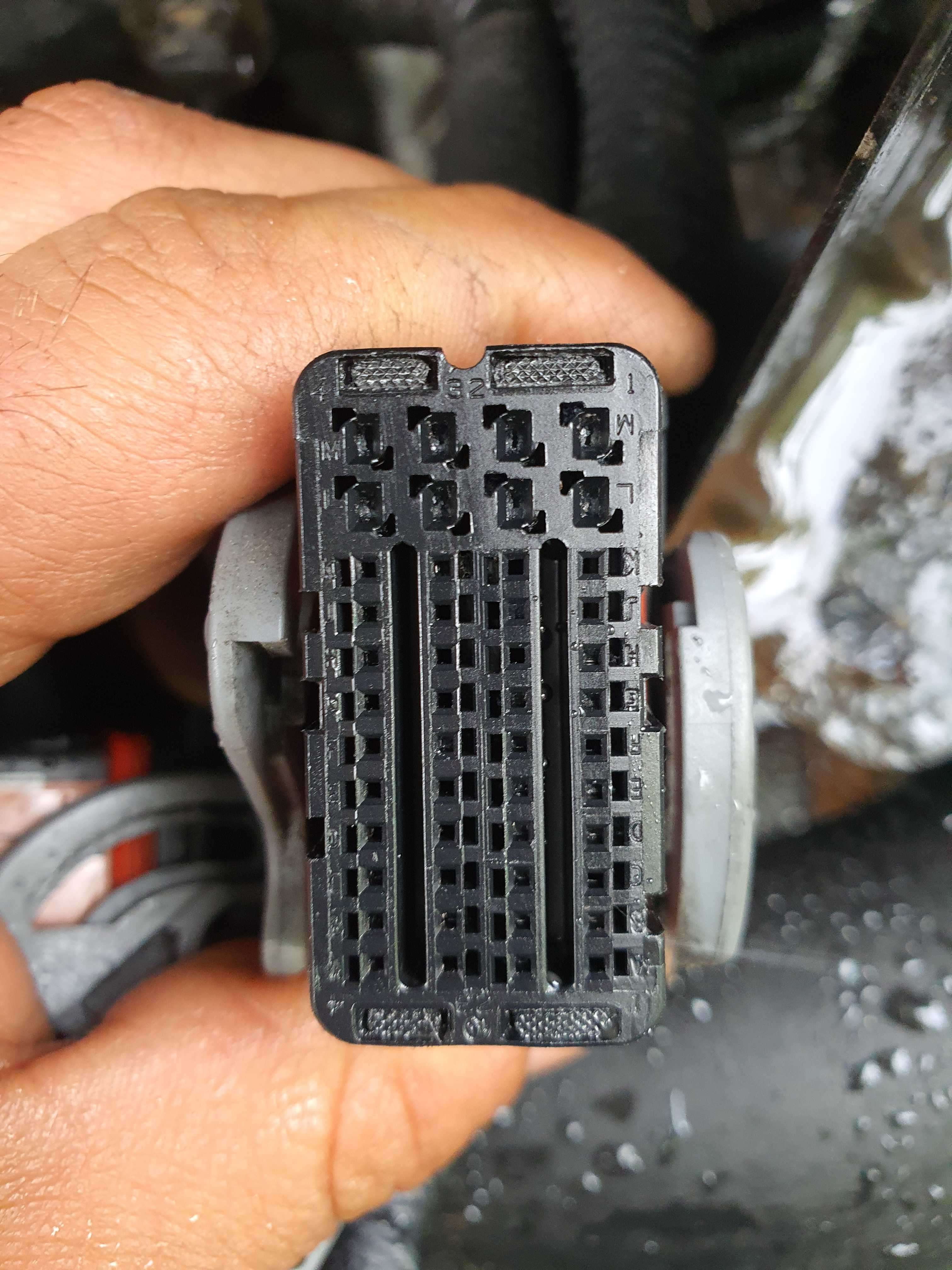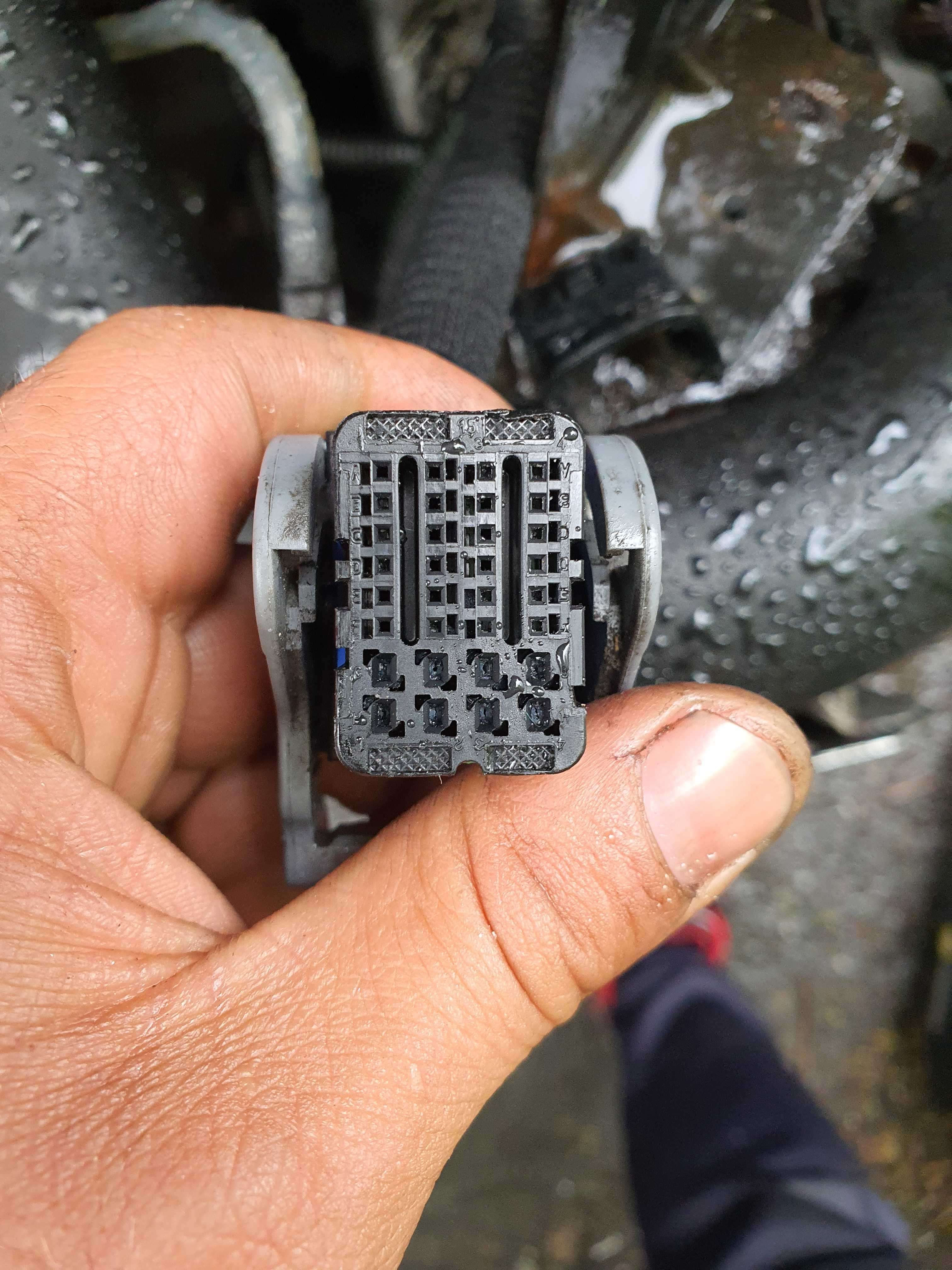If you're experiencing issues with the power supply to your Electronic Control Unit (ECU), there are a few steps you can take to investigate the problem. Here's a general guide to help you troubleshoot the ECU power supply:
1. Check the fuses: Start by inspecting the fuses related to the ECU power supply. Refer to your vehicle's owner manual to locate the appropriate fuse box and identify the fuse responsible for supplying power to the ECU. Check if the fuse is blown or damaged. If it is, replace it with a new one of the same rating.
2. Battery voltage: Measure the voltage across your vehicle's battery terminals using a multimeter. The voltage should be around 12 volts for a standard automotive battery. If the voltage is significantly lower, it could indicate a weak or discharged battery. In such cases, charging or replacing the battery may be necessary.
3. Battery terminals: Inspect the battery terminals for any signs of corrosion or loose connections. Clean the terminals if necessary and ensure they are securely fastened to the battery posts. Poor connections can cause voltage drops and affect the ECU power supply.
4. Wiring connections: Examine the wiring connections related to the ECU power supply. Look for loose, damaged, or disconnected wires. Pay close attention to the wiring harnesses connected to the ECU and the power source. Repair or replace any faulty wiring as needed.
5. Voltage drop test: Perform a voltage drop test to assess the integrity of the power supply circuit. Connect the positive lead of the multimeter to the positive terminal of the battery and the negative lead to the ECU's power input terminal. With the ignition turned on, measure the voltage drop. Ideally, it should be minimal, typically less than 0.2 volts. If you observe a significant voltage drop, there may be resistance or a faulty connection in the power supply circuit.
6. ECU inspection: If you've gone through the previous steps and haven't found a solution, you may need to inspect the ECU itself. Check for any signs of physical damage, such as burnt components or corrosion. However, note that working with an ECU requires specialized knowledge and equipment, so it's recommended to consult a professional or an authorized technician for further assistance.
Remember to prioritize your safety when working with electrical systems. If you're unsure or uncomfortable with any aspect of the investigation, it's always best to seek professional help from a qualified mechanic or technician who can diagnose and resolve the issue effectively.



